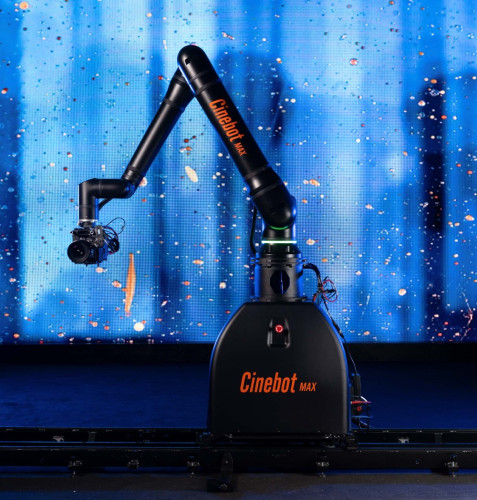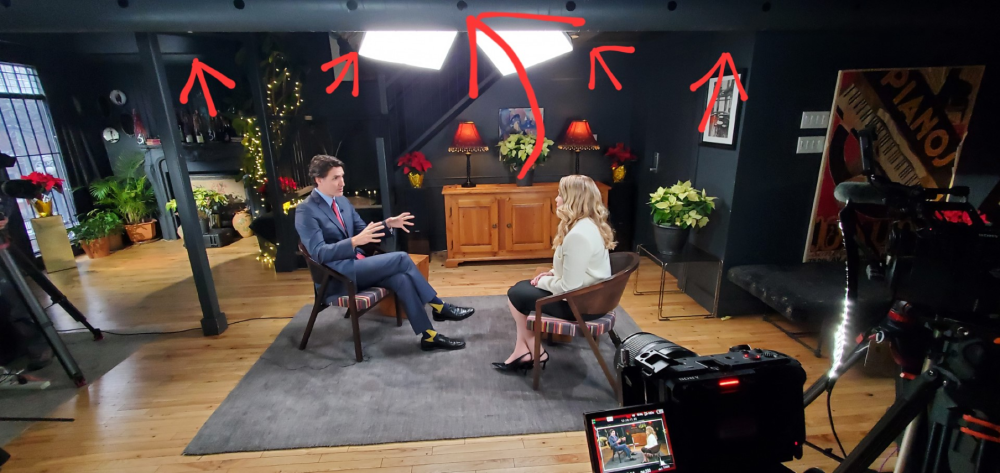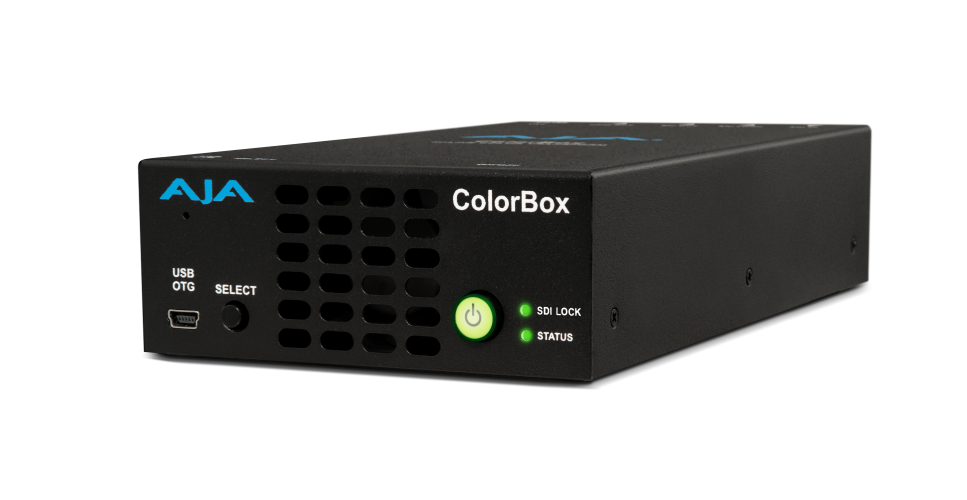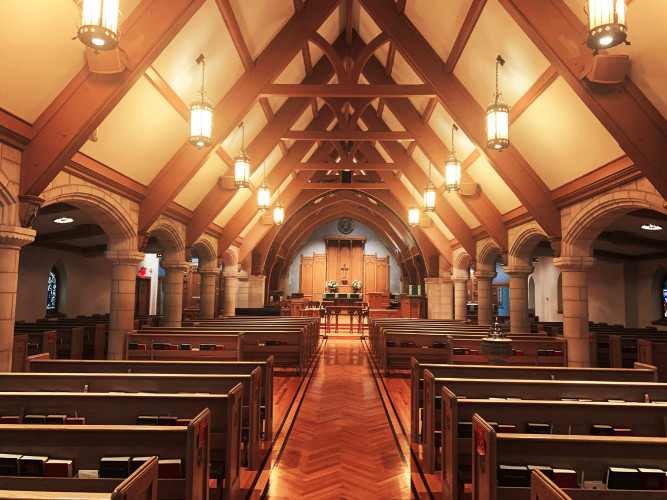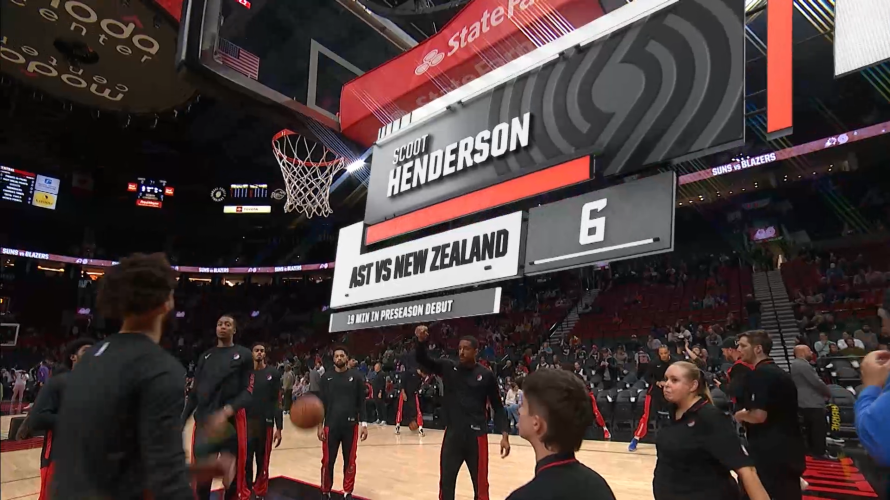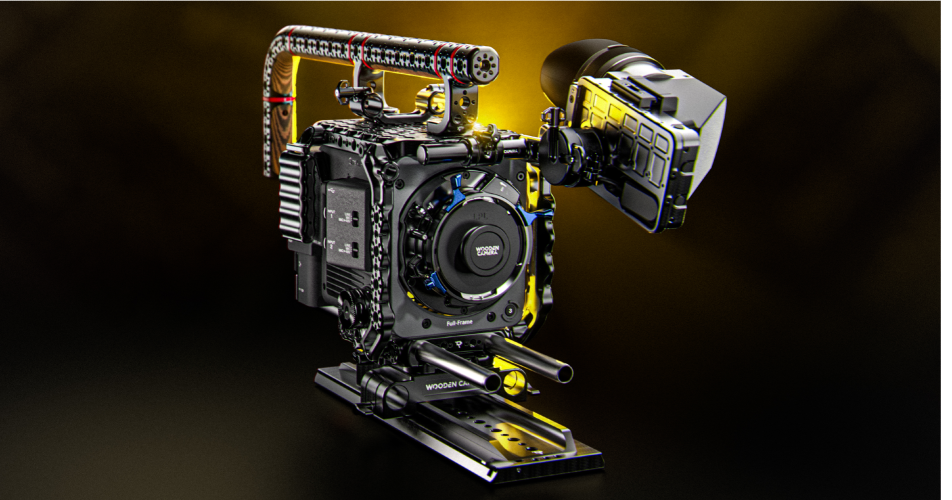Television is such a natural extension of the human senses that I doubt if more than one viewer in a thousand gives much thought to the effort put into modern programme production. Much of the original push for creative freedom came from outside broadcast crews, initially using turret-mounted optics and later zoom lenses to obtain close-ups of distant action. Enterprising producers began placing cameras and operators near to the action, putting their crews at risk of being sun-baked, frozen, rain-drenched, mud-splattered or combinations thereof.
In the early 1980s, we developed the world's first practical broadcast-quality remote-controlled camera system: the Hot-Head. This achievement was recognised worldwide and resulted in the award of a Technical Oscar from the Academy of Motion Picture Arts & Sciences. The Hot-Head was initially used mainly for feature films and was very soon in demand for studio and location television productions and OBs of very large-scale events such as the Olympic Games and World Cup. It also proved ideal for the more recently developed pogramme format known as 'reality television'. We continued developing remote camera systems: the Hotshot, the Minishot, the Microshot, and always kept in mind how they were likely to be used on location.
As well as providing a wide range of fully remote-controllable camera systems, Camera Corps specialises in the unusual: high-level cameras, underwater cameras, archery bull's-eye cameras, tracking cameras and so on. The Camera Corps team expands during large-scale events from 10 full-time staff based at Shepperton Studios to as many as 200 specialists, including highly-skilled rock climbers able to establish camera positions in almost any location.
The need for full HD coverage from the Beijing Games in 2008 was potentially a tough challenge for every OB team. A crucial element for us was the availability of miniature HD cameras capable of giving excellent pictures to match the quality of the standard OB truck cameras.
We design and manufacture a lot of our own kit whenever we find the traditional suppliers unable to offer suitable equipment. For the Sydney 2000 Olympics, our design team produced a CCU system that would be used to control over 90 cameras over long distances. This was later further improved with the addition of full pan, tilt, zoom and focus control, remote power switching and many other novel features. The basic system controls up to five cameras as standard. A later version, specifically designed to handle a larger number of cameras and remote heads, allows two camera operators control of up to 96 cameras using a single data line. This is now used routinely on reality TV shows.
For the most compact pan and tilt systems, we used our own-design HD Minizoom camera. In total, 48 of these were deployed at Beijing 2008 sporting events where they successfully matched the output from larger HD cameras.
The HD Minizooms are miniature broadcast-quality 720p/1080i cameras based around a Sony CCD block. HD Minizooms were used mostly in locations where space was limited such as high-jump and pole-vault bars as well as netcams for volleyball and badminton. Miniature HD cameras have been available for several years but this was the first time remote-controllable zoom optics had been integrated into a compact lightweight HD camera head. An HD Minizoom was placed on top of the high-jump, possibly the first time a camera with an integral zoom has been placed in this position. Other HD Minizooms were used in various places where a very small camera was needed.
Designed for use in extreme weather conditions, Pop-Up Ice Cam consists of two POV cameras housed in a compact unit which can be raised and lowered using a remotely-controlled solenoid when required. The camera housing is embedded into the ice of the bobsleigh run. It has successfully captured stunning footage of bobsleighs heading both toward and past the cameras at speeds in excess of 110 km/h. Pop-Up Cameras are also used to great effect as come-and-go cameras mounted at the take off point for ski jumping.
Helmet Cam is a very compact POV camera built into a helmet worn usually by a referee. Using a single-CCD camera with a choice of lenses, it operates via an RF link or can record to mini DV tape or solid-state memory for later broadcast. A small pack, containing rechargeable batteries and a data receiver is worn on the body, providing full remote camera control including colour balance and exposure as well as remote system power on/off switching. It was first used to cover ice hockey at the Winter Olympic Games in Turin 2006.
Body Cam is similar in concept to Helmet Cam. A small pack, containing rechargeable batteries and a data receiver is worn on the body, providing full remote camera and remote system power on/off switching. Full control of colour balance and exposure are provided as standard.
It was used at the Asian Games in Doha, Qatar, the camera being located on the baseball umpire's vest.
Baseball Base Cam is a three-CCD, SD or HD camera mounted in a specially adapted baseball base. It is designed to be kept online in the fairly sure knowledge that the action will before long come within its field of view. Integral air blowers allow the lens to be cleaned under remote instruction.
Slalom Pole Cam is, as the name suggests, a remote camera housed within a ski-slope marker pole. This allows highly dynamic shots of skiers to be captured in the course of their descent without risk either to skier or the camera operator.
The Underwater Remote Camera is a remote-controllable pan and tilt system, available in HD as well as SD, for strategic placement in diving, swimming and synchronised-swimming pools. Total control of the head allows the operator to pan with individual swimmers as they approach and turn at the end of every lap, capturing the 'touch' and 'push-off'. In the diving event, the heads can be placed at the bottom of the pool to capture the divers' entrance into the water. The operator is able to follow the diver to the turning point and see the kick-back to the surface. The camera has also been used very successfully to capture underwater action in water polo.
Q-Ball
Thirty years on from the original Hot-Head, my colleague Jim Daniels and I compressed six man-decades of OB experience into a remote-controllable HD camera system that would work reliably under practically any exterior or interior conditions. A key design feature was that the camera should look attractive enough (or unobtrusive enough, depending on choice of surface finish) to appear within view of other fixed or remote-controlled cameras. The result was the Q-Ball which we introduced to American broadcasters at NAB 2009 and to the European market at IBC.
A radical advance on the design of traditional POV cameras, the Q-Ball is our latest miniature HD remote-controlled camera system. Practically everything Camera Corps does now is in HD even if it is broadcast in SD and the Q-Ball is already proving to be one of the most powerful tools in our inventory of sports-television and reality-television production equipment. Based on the proven Sony CCD imager, it can be used in full view of other cameras without causing visual distraction. The system is extremely compact and sturdy, fully self-contained in a 115 mm diameter sphere machined from solid aluminium. Unlike many of our designs which are intended primarily for, rental, Q-Ball is available both for hire and for outright purchase in a variety of colours to match a green turf background or whatever the producer chooses. Being fully weather-proof, it can be used outside without extra covers. An optional integral wide-angle lens adapter for the 10x zoom lens gives 71? angle of view.
Q-Ball incorporates many vital features missing from previous remote camera systems. Connected via a single thin cable that can be up to 20 metres long, it can be mounted unobtrusively almost anywhere. Infra-red capability allows the camera to be used in low light situations or illuminated in what amounts to total darkness via an infra-red light source. The addition of genlock was also considered essential as relying on frame-stores in the video chain can lead to loss of audio synchronisation. Slip-rings on both pan and tilt axes for unlimited continuous rotation in any direction at any speed from one cycle in 20 minutes up to 90 degrees per second with very smooth operator-controllable acceleration/deceleration. The spherical camera also allows instant choice of either upright or inverted mounting without having to re-align the camera on the head. It is fully compatible with all our existing remote control equipment including pan/tilt and CCU. Multi-control capabilities are catered for by the standard multi-camera control system. This has been used highly successfully for many televised events. It allows up to four operators and four CCU engineers to have full control of up to 96 heads and cameras of mixed types.
Q-Ball systems have already been used unobtrusively on reality shows such as 'I'm a Celebrity' in the jungles of Costa Rica and Australia, and during 100-day continuous OB coverage of Antony Gormley's 'One & Other' project in London's Trafalgar Square. Five Q-Balls are currently operating in a nine-month long television reconstruction by Dutch broadcaster VPRO of Darwin's voyage in the Beagle. The heads have proved highly resistant to tropical humidity, British rain, Atlantic salt-spray and near-Arctic snow. As I complete this article, a 44-strong Camera Corps team is on its way to British Columbia in February to provide point-of-view cameras for the duration of the Winter Games. Two 40 metre tracking systems, nine sports dollies, 118 HD camera systems including 12 Q-Balls, and a large inventory of lenses, controllers, interfaces and support equipment are being installed to cover events from Vancouver as well as the winter sports resorts of Whistler and Cypress Mountain. Looking ahead to June, over 80 Q-Ball systems will be used during the 2010 World Cup in South Africa.
Robotic cameras on location
Author: Dennis Lennie
Published 1st February 2010









